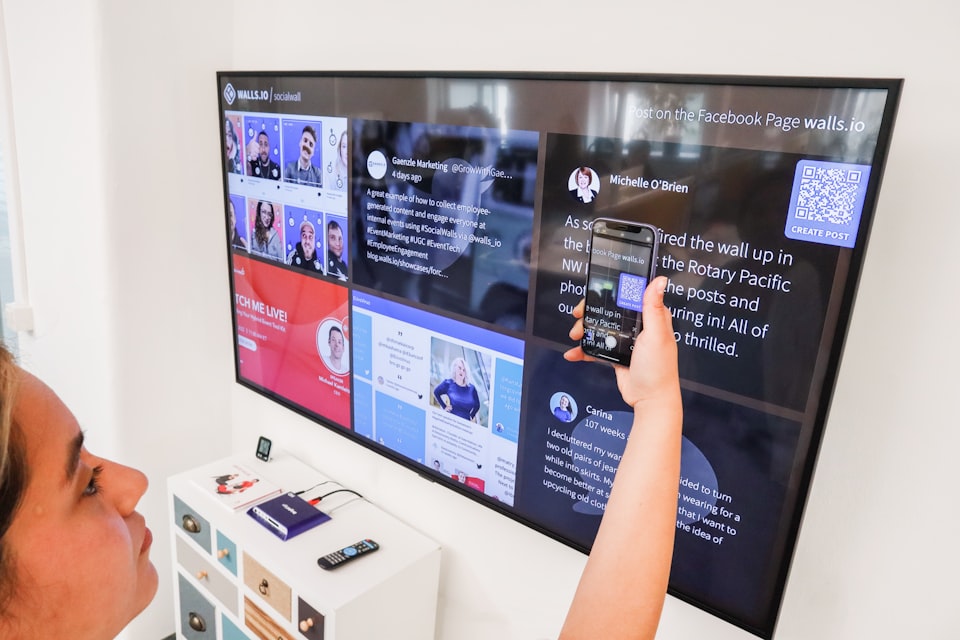Gamified Experiences

Games and gamified experiences are interactive approaches that leverage game mechanics, elements, and design principles to engage and motivate audiences. They create a more immersive and entertaining environment, encouraging participation, competition, and rewards. Incorporating games and gamified experiences into marketing strategies can increase audience engagement, drive brand awareness, and foster customer loyalty. Here are some aspects and benefits of using games and gamified experiences in marketing:
- Increased Engagement: Games and gamified experiences capture the attention and interest of the audience by offering interactive and entertaining content. They create a sense of fun, challenge, and accomplishment, which motivates users to actively participate and spend more time engaging with the brand.
- Emotional Connection: Games have the power to evoke emotions such as excitement, joy, anticipation, and competitiveness. By tapping into these emotions, brands can create a deeper emotional connection with their audience, leading to stronger brand affinity and loyalty.
- Interactive Brand Experiences: Games and gamified experiences provide opportunities for users to directly interact with the brand. This interaction can be in the form of virtual experiences, product simulations, or brand-related challenges. By immersing users in these experiences, brands can showcase their unique value proposition, features, or benefits in a more engaging and memorable way.
- Learning and Education: Games and gamified experiences can be used as educational tools to convey information, teach concepts, or train users on specific topics. By presenting information in a game-like format, brands can make learning more enjoyable and increase knowledge retention among the audience.
- Social Sharing and Virality: Games and gamified experiences often have elements that encourage social sharing and competition. Users may be motivated to share their game progress, achievements, or high scores on social media platforms, thereby increasing brand visibility and reach. This can lead to organic virality and word-of-mouth marketing.
- Data Collection and Insights: Games and gamified experiences can be used as a way to collect valuable user data. Brands can gather information about user preferences, behaviors, and choices within the game, which can then be used to gain insights into audience preferences, inform marketing strategies, and personalize future interactions.
- Incentives and Rewards: Gamification often involves the use of incentives and rewards to motivate users. Brands can offer virtual rewards, discounts, exclusive content, or access to special offers as users progress or achieve specific goals within the game. These incentives can drive desired actions, such as making a purchase, subscribing to a newsletter, or referring others to the brand.
- Brand Differentiation: Incorporating games and gamified experiences into marketing strategies can help brands stand out from the competition. It creates a unique and interactive brand experience that sets them apart, making them more memorable and engaging for the audience.
- Customer Retention and Loyalty: Games and gamified experiences can be used as ongoing engagement tools to retain existing customers and build loyalty. By continually providing new challenges, levels, or rewards, brands can keep customers engaged and incentivize them to stay connected with the brand over time.
Games and gamified experiences offer a creative and interactive approach to engage audiences, enhance brand experiences, and achieve marketing objectives. When designed and implemented effectively, they can create a memorable and enjoyable brand interaction that leads to increased engagement, brand loyalty, and customer advocacy.




